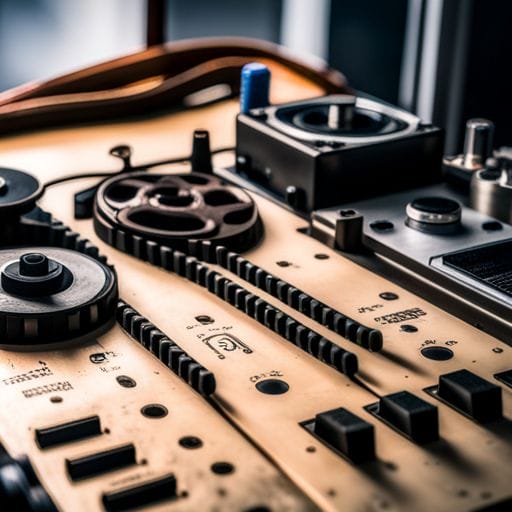6 Tips to Fix Damaged Audio Recordings

What are some easily accessible PAA tools that can be used to fix damaged audio recordings?
Sound is an intimate sense that captivates and resonates with us. From music and speeches to ambient noises and sound effects, audio plays a central role in our experience of the world. Therefore, it can be a significant setback when your audio recordings get damaged—disturbed by unwanted noise, distortions, or imperfections. But don’t worry! There are several steps you can follow to restore and fix your damaged audio recordings.
1. Noise Reduction
Audio recordings often endure unwanted background noise, making the recorded voice or sound difficult to recognize. Businesses and software such as Audacity and Adobe Audition provide noise reduction tools that help minimize this issue. The process typically involves identifying a segment of the audio that features the unwanted noise and then enabling the noise reduction tool to eliminate similar noises in the entire recording.
2. Leveling
Typically, some parts of the recording may be louder than others, leading to uneven audio levels. This inconsistency can result in the listener adjusting the volume continually. You can rectify this problem by applying a compressor or leveling effect to your audio. This tool ensures that your audio stays within a specific volume range, making it pleasant for listeners.
3. De-Essing
De-essing is the process of reducing or eliminating harsh ‘s’ sounds (or ‘sibilance’) from your recording. It’s mostly encountered in vocal recordings and can be very uncomfortable to the listener’s ears. Using a de-esser tool can address this problem, improving the quality of the recording.
4. Fixing Distorted Audio
Distortions occur when the input signal on your audio is too strong, causing it to clip and create a crackling sound. Although it’s hard to completely eliminate distortion once it has occurred, software plugins such as iZotope’s RX De-Clip can help fix clip signals and salvage distorted audio files.
5. Using Equalization
Equalization (EQ) is a powerful tool that allows you to adjust various frequencies within an audio file. Using the EQ, you can boost or cut specific frequencies to enhance vocal clarity, reduce muddiness, and make your recording sound more balanced.
6. Mastering the Audio
Mastering is the final step in audio post-production. It involves various processes such as compression, equalization, and limiting to balance the sonic elements of a stereo mix and ensure consistency and optimality of playback across all systems and media formats.
Fixing damaged audio recordings may seem daunting initially, but with these tips and the right software, you can breathe new life into your audio files. Through noise reduction, leveling, de-essing, distortion correction, EQ settings, and mastering, every recording can reach its highest potential.
Note that the key to good quality audio is a good recording. It’s better to prevent problems in the first place than to fix them afterward. Therefore, take extra care during the recording process to ensure your audio is as clean as possible.
